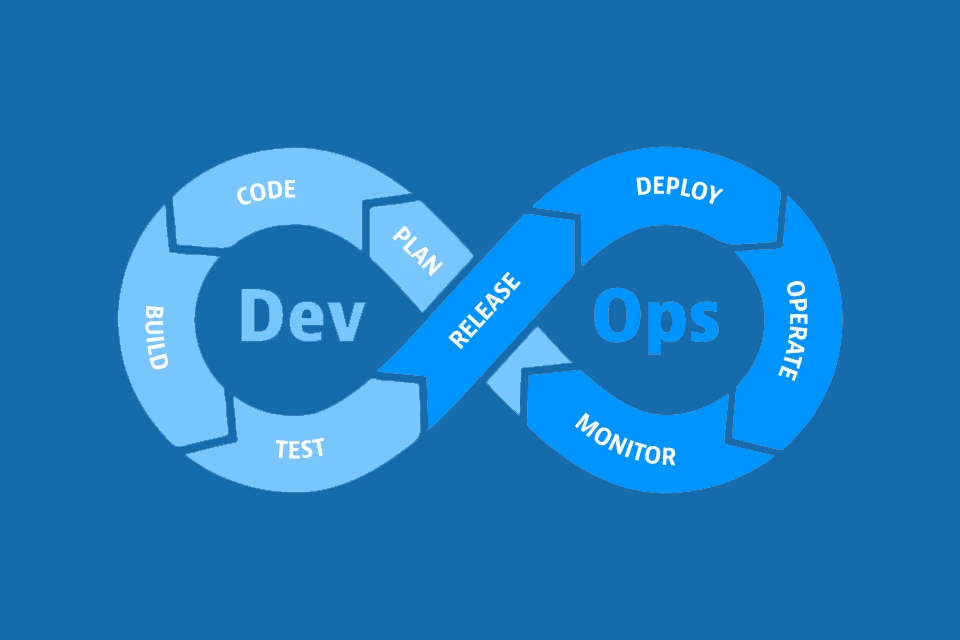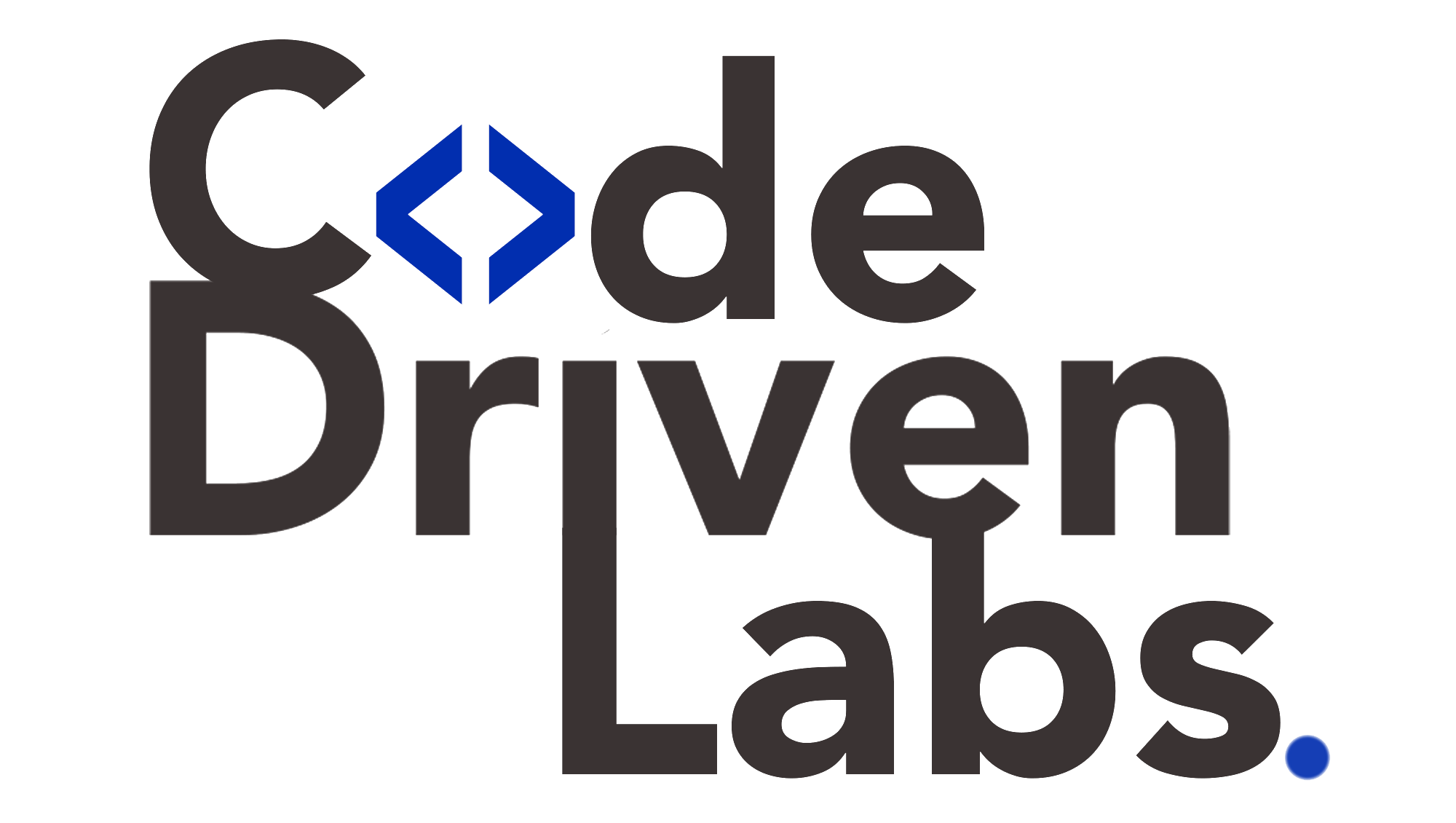Level up your business with US.
- Home
- MLOps vs. DevOps: Understanding the Differences & Choosing the Right Approach for AI Operations
MLOps vs. DevOps: Understanding the Differences & Choosing the Right Approach for AI Operations
July 1, 2025 - Blog
How to Manage Technical Debt: The DevOps Approach
In today’s fast-paced development landscape, companies race to deliver features faster, adapt to shifting markets, and meet growing user demands. But this speed often comes at a cost: technical debt — the shortcuts, rushed code, or outdated practices that accumulate over time and make systems harder, slower, and riskier to maintain.
Left unmanaged, technical debt grows silently, turning once-agile projects into slow-moving, bug-ridden nightmares. But by adopting a DevOps mindset, you can proactively identify, measure, and reduce technical debt — turning it from a liability into a catalyst for continuous improvement.
This guide will explore what technical debt is, why it matters, how DevOps practices transform its management, and how Code Driven Labs helps organizations tackle debt effectively

What is Technical Debt?
Technical debt is a metaphor coined by Ward Cunningham, one of Agile’s creators. Like financial debt, technical debt represents the “cost” of taking shortcuts in software — whether due to rushed deadlines, missing tests, or architecture choices that don’t scale.
Just like unpaid interest, unmanaged technical debt grows: bugs pile up, new features become harder to add, performance suffers, and maintenance costs skyrocket.
Types of Technical Debt
-
Deliberate Debt: Conscious trade-offs to ship faster (e.g., skipping tests during a time-sensitive launch).
-
Inadvertent Debt: Mistakes from lack of experience, unclear requirements, or poor communication.
-
Aging Debt: Debt from outdated libraries, unsupported frameworks, or legacy architecture.
-
Environmental Debt: Debt from neglected infrastructure, manual deployments, or missing automation.
Why Technical Debt Management is Critical
-
Slows Delivery: Each new change takes longer as developers work around messy or fragile code.
-
Increases Risk: Older, poorly understood systems break unexpectedly and fail security checks.
-
Demoralizes Teams: Developers spend more time firefighting than innovating.
-
Raises Costs: Maintenance expenses balloon, consuming resources that could fund new features.
The longer you ignore technical debt, the more it compounds — just like credit card interest.
The DevOps Approach to Managing Technical Debt
DevOps isn’t just about automation or faster releases; it’s also about building sustainable systems where quality, stability, and agility coexist. Here’s how DevOps helps tackle technical debt:
1. Continuous Integration & Continuous Delivery (CI/CD)
Automated builds and deployments catch problems early. Running tests every time code changes reduces the chance of debt accumulating through undetected bugs or integration failures.
DevOps Practices:
-
Implement automated pipelines with test stages.
-
Block merges if critical tests fail.
-
Shorten release cycles to avoid large, risky deployments that breed debt.
2. Automated Testing
DevOps emphasizes comprehensive automated testing — unit, integration, end-to-end — so that developers can refactor safely without fear of breaking things.
Benefits:
-
Faster feedback on code quality.
-
Reduces manual QA effort.
-
Creates a safety net for cleaning up debt.
3. Infrastructure as Code (IaC)
Manual infrastructure changes are error-prone and undocumented, adding environmental debt. IaC tools like Terraform, CloudFormation, or Pulumi keep your infrastructure versioned, tested, and repeatable.
4. Monitoring and Observability
Without insights into runtime behavior, teams struggle to spot bottlenecks or bugs early, allowing debt to fester. DevOps promotes proactive monitoring, logging, and tracing to make technical debt visible.
5. Regular Refactoring and Technical Debt Backlogs
DevOps teams treat refactoring as part of their workflow, not a separate task. Debt items are tracked alongside features in the backlog, prioritized, and planned into sprints.
Tips:
-
Allocate 10-20% of sprint capacity to debt reduction.
-
Celebrate and communicate progress on paying down debt.
-
Use metrics like code complexity or code churn to identify hotspots.
6. Code Reviews & Pair Programming
Peer reviews ensure adherence to standards and catch potential debt before it’s merged. Pair programming shares knowledge, preventing silos that cause future debt when key developers leave.
7. Shift-Left Security & Compliance
Integrating security scans and compliance checks into CI/CD avoids costly debt from late-stage vulnerabilities or failed audits.
Measuring Technical Debt
To manage technical debt effectively, you need to measure it. Useful metrics include:
-
Code Complexity: Tools like SonarQube assign complexity scores to methods and files.
-
Test Coverage: Low coverage indicates fragile codebases with hidden debt.
-
Code Churn: Files with frequent changes and bugs often hide significant debt.
-
Deployment Frequency & Lead Time: Long release cycles can signal process debt.
Challenges in Managing Technical Debt
Even with DevOps practices, organizations face hurdles like:
-
Resistance from stakeholders prioritizing features over fixes.
-
Lack of visibility into the real costs of debt.
-
Insufficient automation or skills to refactor confidently.
That’s where a trusted partner like Code Driven Labs can help.

How Code Driven Labs Helps You Tame Technical Debt
Code Driven Labs works with companies across industries to integrate DevOps best practices and build a sustainable approach to technical debt:
1. Technical Debt Assessment
They analyze your codebase, CI/CD pipelines, and infrastructure to identify sources of debt, quantify their impact, and prioritize what to fix first.
2. DevOps Pipeline Optimization
By setting up or modernizing CI/CD pipelines with automated testing, static code analysis, and security scans, they help catch debt-inducing issues early.
3. Automated Refactoring Tools
They implement tools like SonarQube or Semgrep to flag code smells, high complexity, or outdated patterns, enabling safer, faster refactoring.
4. Infrastructure as Code Implementation
For companies struggling with aging infrastructure or manual environments, Code Driven Labs introduces IaC practices to reduce configuration drift and eliminate hidden environmental debt.
5. Developer Training and Best Practices
They train your team in secure coding, test-driven development, and clean architecture principles, empowering developers to avoid debt in future work.
6. Ongoing Monitoring
They integrate observability platforms like Datadog, New Relic, or Grafana to continuously monitor system performance and identify hotspots where debt causes slowdowns or outages.
7. Culture and Process Alignment
Code Driven Labs helps your teams adopt Agile and DevOps cultures that normalize debt reduction as part of delivery — not an afterthought.
Case Example: Cutting Technical Debt by 60%
One fintech client inherited a legacy system with years of debt: outdated libraries, no automated tests, and long deployment times. By implementing CI/CD pipelines, introducing IaC, automating regression testing, and refactoring critical modules, Code Driven Labs reduced deployment lead time from 6 weeks to 1 day, slashed production bugs by 80%, and cut technical debt by 60% within 9 months.
Final Thoughts: Embrace Debt Management as a Competitive Advantage
Technical debt is inevitable — but unmanaged debt isn’t. By adopting a DevOps approach, you create a development environment where technical debt is visible, measurable, and steadily reduced. The result? Faster delivery, better quality, happier developers, and customers who trust your software.
Code Driven Labs has the experience, tools, and processes to turn technical debt from a silent killer into a catalyst for continuous improvement, helping you build software that’s fast, flexible, and future-proof.
